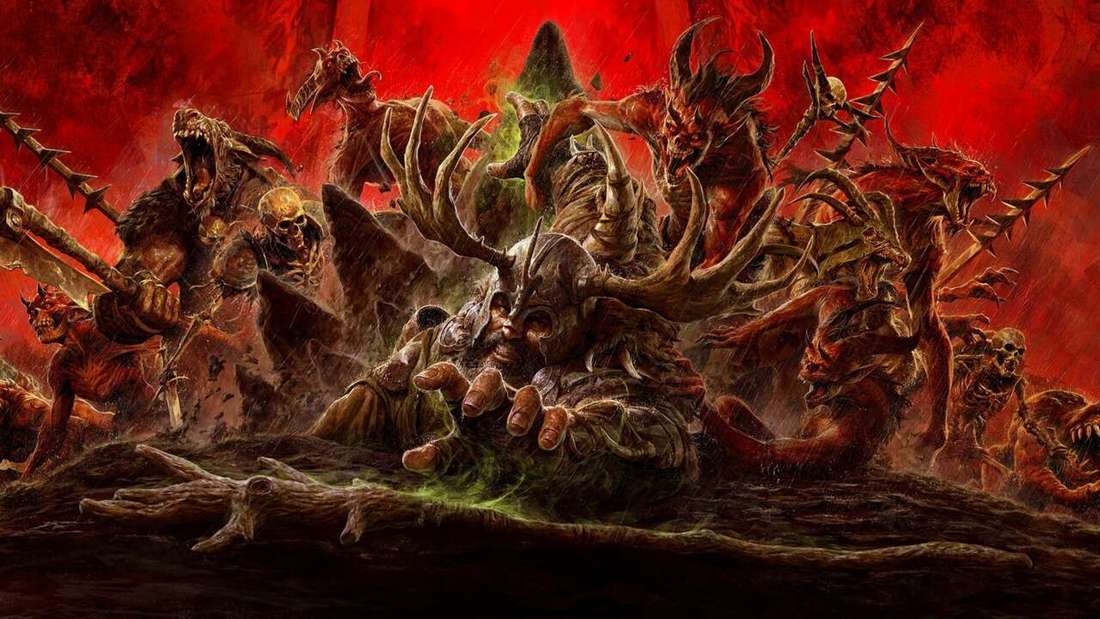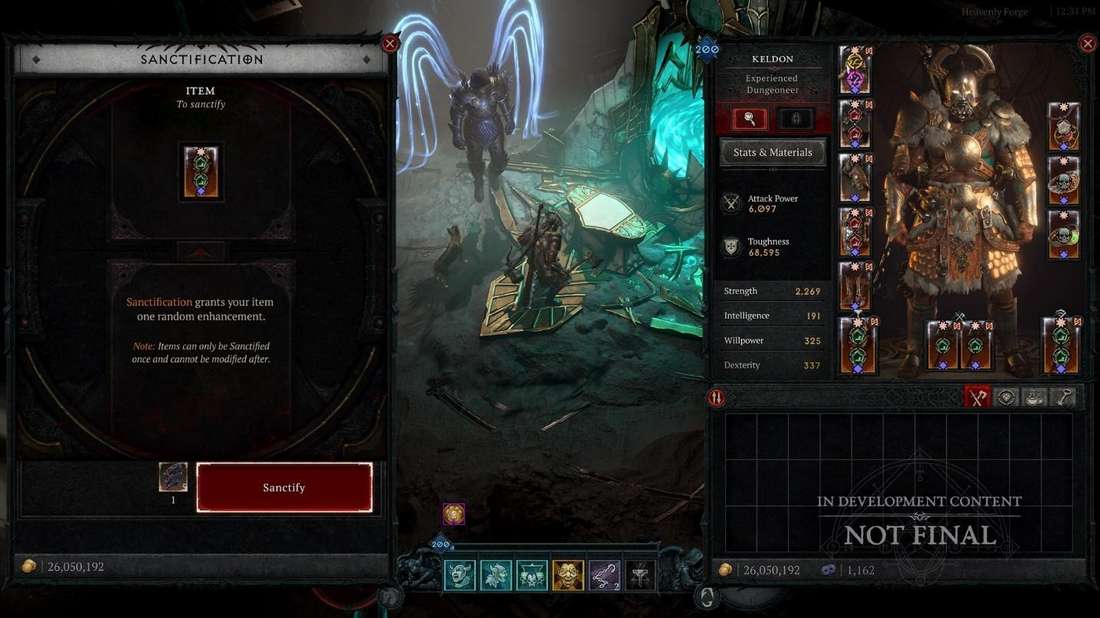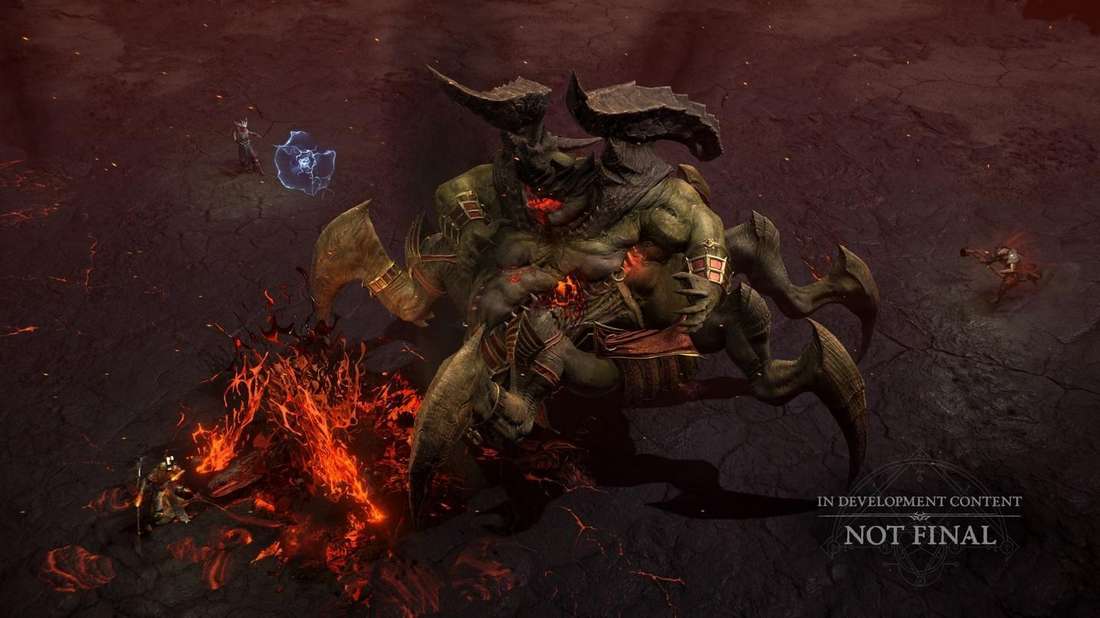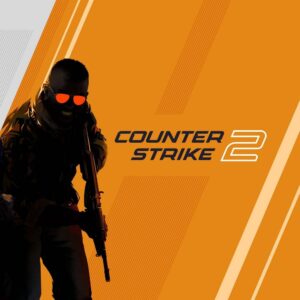Blizzard Unleashes ‘Smarter’ Demons: Diablo 4 Season 11 Monster AI and Combat Overhaul Announced
Popular Now
 Gacha Club
Gacha Club
 Toca Boca World
Toca Boca World
 Black Myth: Wukong
Black Myth: Wukong
 Brawl Stars
Brawl Stars
 Candy Crush Saga
Candy Crush Saga
 Fall Guys
Fall Guys
 Genshin Impact
Genshin Impact
 Minecraft
Minecraft
 EA SPORT FC 25
EA SPORT FC 25
 BeamNG.drive
BeamNG.drive

Blizzard Entertainment has unveiled a massive, game-changing overhaul for Diablo 4 with the forthcoming Season 11 update, slated to hit the Public Test Realm (PTR) on October 21st, with a full launch expected on December 9th. While a significant portion of the news focuses on the highly-anticipated itemization changes—including reworks to Tempering and Masterworking—the true harbinger of a more difficult Sanctuary is the radical evolution of Monster Combat. The developers are taking a decisive step to make the enemies of Hell not only deadlier but fundamentally smarter and less predictable, addressing long-standing community feedback about the game’s overall endgame difficulty and monster ‘bullet sponge’ nature. This high-impact update targets veteran players looking for a more engaging, high-skill ceiling experience, generating immense search engine traffic and a spike in premium game sales.
 Improved Monster Behavior: Strategy in the Hordes of Hell
Improved Monster Behavior: Strategy in the Hordes of Hell
The biggest change lies in the core Artificial Intelligence (AI) of the monster population. Previously, enemy behavior was often criticized as being too predictable, allowing optimized builds to easily group and obliterate massive packs without thought. Season 11 shatters this pattern by introducing dynamic, strategic monster encounters that force players to interact with each enemy type according to its clear combat role and unique identity.
- Defined Roles: Each type of monster will now be more intentional in its attacks, with some functioning as tanky front-liners, others as elusive skirmishers, and yet others as powerful casters or debuffers. This requires players to prioritize targets rather than simply sweeping through the screen with area-of-effect (AoE) skills.
- Reduced Grouping: Monster packs will intentionally group up less, preventing the easy one-shotting of vast crowds and demanding more tactical movement and positioning. The old meta of simply vacuuming enemies for massive damage payoffs will be significantly challenged.
- Defense Testing: Blizzard’s explicit goal is to regularly test players’ defenses. This is not just a damage buff; it’s an intelligence buff that will see monsters coordinate attacks to exploit build weaknesses, forcing players to invest more strategically in survivability stats, coinciding with the complete rework of the Armor and Resistance systems.
The resulting combat experience aims to be more dynamic and unpredictable, rewarding adaptive gameplay over rote memorization of enemy patterns. This increased challenge is a direct response to the high-value player segments who frequently clear the most difficult content with minimal effort.
Elite Enemies and Affixes: The True Test of Power
Elite and Champion-tier enemies are receiving the most dramatic upgrades, becoming the primary obstacle for high-tier content like the returning Capstone Dungeons and the new timed challenge, The Tower, which is set to introduce seasonal leaderboards. The introduction of over 20 new monster affixes ensures that no two Elite encounters feel the same, promoting constant adaptation.
- New Affixes: The new affixes are designed to be more visually clear and less overlapping than previous iterations, but significantly more powerful. Dealing with the Elite’s affixes becomes a mandatory step before tackling the lesser foes, as their effects can quickly become overwhelming.
- Minion Inheritance: Elite enemies will now spawn with minions that inherit some of their affixes. This mechanic drastically increases the danger of an Elite encounter, as the entire pack is immediately empowered. For example, a Vampiric Elite may now spawn several minions that also heal the pack upon damaging the player, transforming the engagement into a desperate race to eliminate the Elite’s source of power.
- Reworked Champion Packs: The Champion enemy rarity has been reworked to form cohesive Champion Packs, suggesting coordinated tactics and a combined power level designed to force players into defensive maneuvers and smart cooldown management.
These adjustments directly impact the game’s core economy and endgame longevity, as effective farming will now depend heavily on player skill and reaction time, rather than just raw damage output.
 The Broader Context: Systems-Wide Difficulty Spike
The Broader Context: Systems-Wide Difficulty Spike
The monster combat overhaul is part of a larger, ambitious attempt to increase Diablo 4’s difficulty ceiling, forcing players to truly fear the denizens of Sanctuary once more. These changes do not exist in a vacuum; they interact directly with major adjustments to the core survival systems:
- Defense Overhaul: Armor now mitigates all damage (Physical and Non-Physical), and Resistances are changing to a new rating system with diminishing returns. This forces players to balance their defenses carefully.
- Healing Rework: Potion capacity is reduced to a base of four (regardless of Renown progress), though they now provide an instant, percentage-based heal. Additionally, a potion will slowly regenerate every 30 seconds. This makes potion use a far more tactical resource instead of a spam-button.
The sum of these parts is a Diablo 4 experience that will be more challenging, complex, and rewarding for players who master the new systems. Season 11’s early PTR is essential for players and content creators to analyze and adapt to these sweeping changes, confirming that this is perhaps the single largest shift in gameplay since the game’s launch. The developers are clearly chasing the high-stakes, rewarding gameplay loop that has historically driven massive concurrent user growth in the Action RPG (ARPG) genre.









